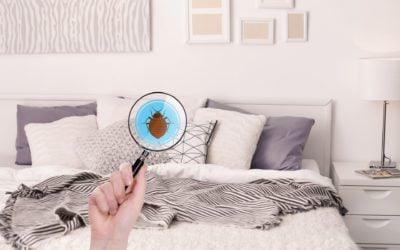Buying a new mattress can be a daunting and confusing task. Unlike more frequent purchases, like groceries or vacations, a mattress is something most people only buy a few times in their lifetime—on average, just three to four times. This lack of experience can make mattress shopping feel overwhelming. Whether you’re relying on advice from store salespeople or wading through online reviews (which may not always be reliable), it’s easy to fall victim to common misconceptions. Let’s debunk some of the most persistent myths surrounding mattress buying.
- Turning Your Mattress Over Will Double Its Lifespan
In the past, many mattresses were double-sided, and turning them regularly was essential to prevent uneven wear and extend their lifespan. However, modern mattresses often feature one-sided designs that don’t require flipping. Technological advancements in mattress construction, including spring systems and fillings, have made it easier for consumers to avoid the hassle of flipping heavy mattresses. Always check the manufacturer’s care instructions to ensure you’re maintaining your mattress properly.
- A Firm Mattress Is Best for a Bad Back
For years, it was common advice from doctors that a firm mattress was ideal for those suffering from back pain. However, back pain is highly individual, and there isn’t a one-size-fits-all solution. The key is choosing a mattress that provides the right support for your spine, keeping it aligned when you sleep on your side or back. A mattress that’s too firm can cause nerve pinching and restricted blood flow, leading to discomfort. If your mattress is causing or contributing to back pain, replacing it with a supportive option could help alleviate or even eliminate the pain.
- More Springs Equals More Comfort and Better Support
Many mattress buyers obsess over the spring count, assuming that more springs mean better comfort and support. While this can be true to some extent, there are limits. A standard king-size mattress typically contains around 800 pocket springs, while more luxurious options may boast up to 2,000 springs. Manufacturers may use mini or micro pocket springs as comfort layers rather than adding extra springs to the core. Thus, a mattress marketed as having 5,000 springs may only have 800 in the core, with the rest serving as comfort layers. More springs don’t necessarily equate to better support or comfort, so consider the overall construction of the mattress rather than just the spring count.
- The More Expensive Mattress, The Better the Sleep
While it’s true that higher-priced mattresses may come with additional features or higher-quality materials, price isn’t always an indicator of better sleep. Comfort is subjective, and what works for one person may not work for another. When comparing mattresses at different price points, evaluate the factors that matter most: the quality of the materials, the brand’s reputation, the warranty, and the overall design. A more affordable mattress might be just as comfortable as a luxury model—often with minimal differences.
- The Base Makes Little Difference to Mattress Comfort and Durability
The base you place your mattress on plays a significant role in both comfort and longevity. Using an old, worn-out base with a new mattress is a poor decision that can lead to premature mattress wear. Different bases offer different types of support; for example, a sprung base or one with flexible slats provides softer, more supportive cushioning compared to a solid platform base. The right base works in harmony with your mattress, ensuring proper support and extending its life.
When buying a mattress, it’s essential to look beyond the myths and focus on what will provide you with the best comfort and support. Whether it’s choosing the right firmness, evaluating the mattress construction, or selecting the ideal base, taking the time to understand your preferences and needs will lead to better sleep and a more comfortable bedroom experience. Always prioritize comfort, support, and quality when making your decision for the best value and sleep quality.






0 Comments